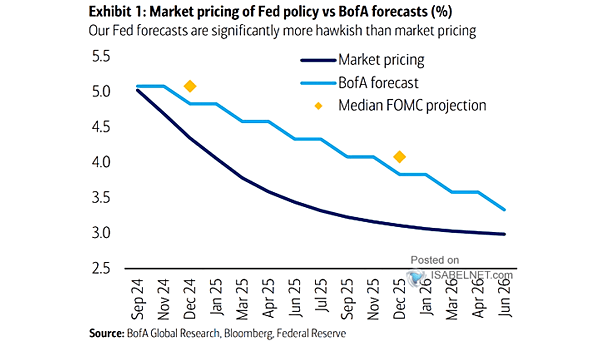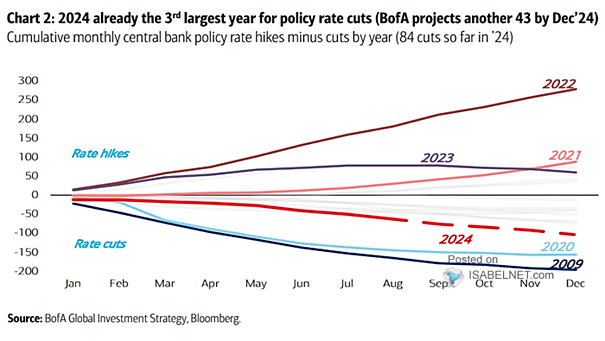Fed Funds Forecast vs. Market Pricing
Fed Funds Forecast vs. Market Pricing While the Fed has made progress in the fight against inflation, BofA holds a significantly more hawkish view on Fed policy compared to market expectations. Image: BofA Global Research


